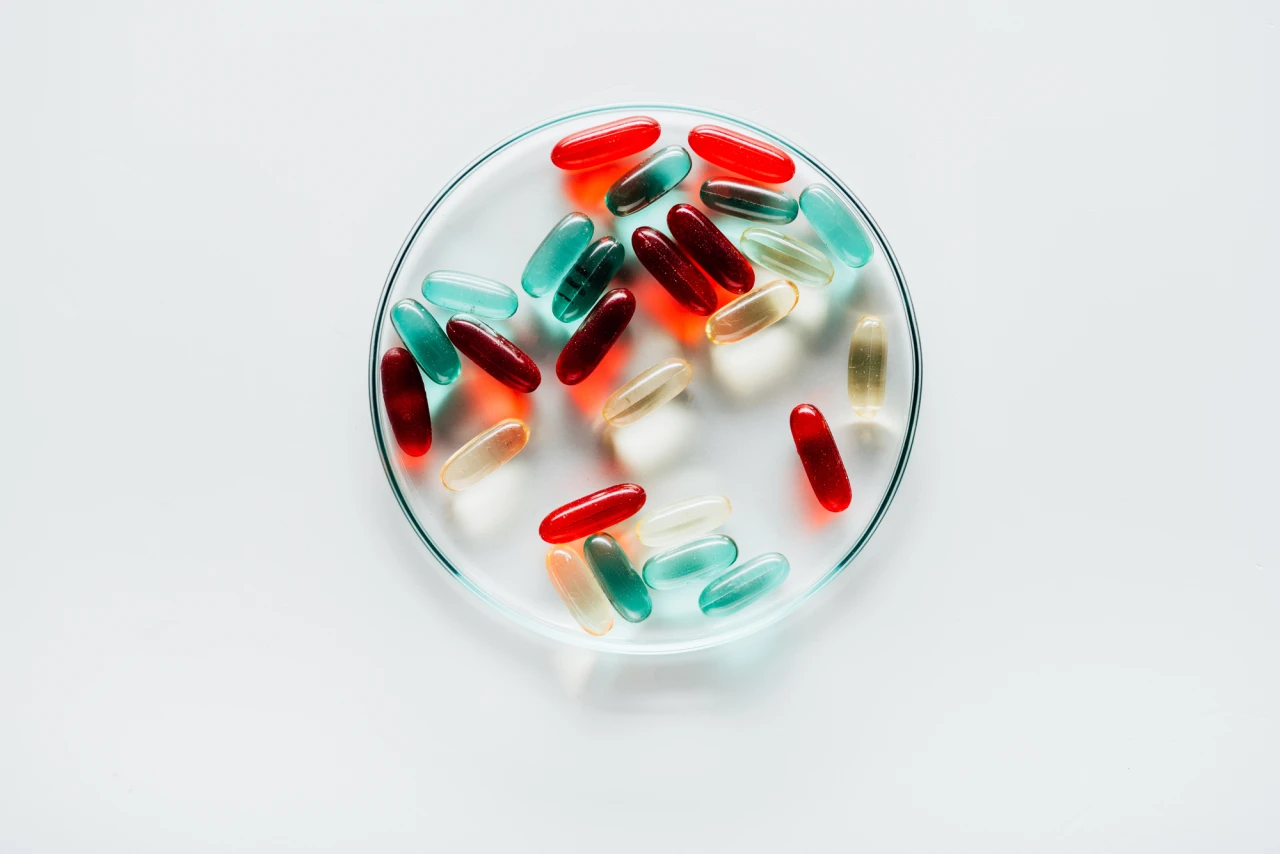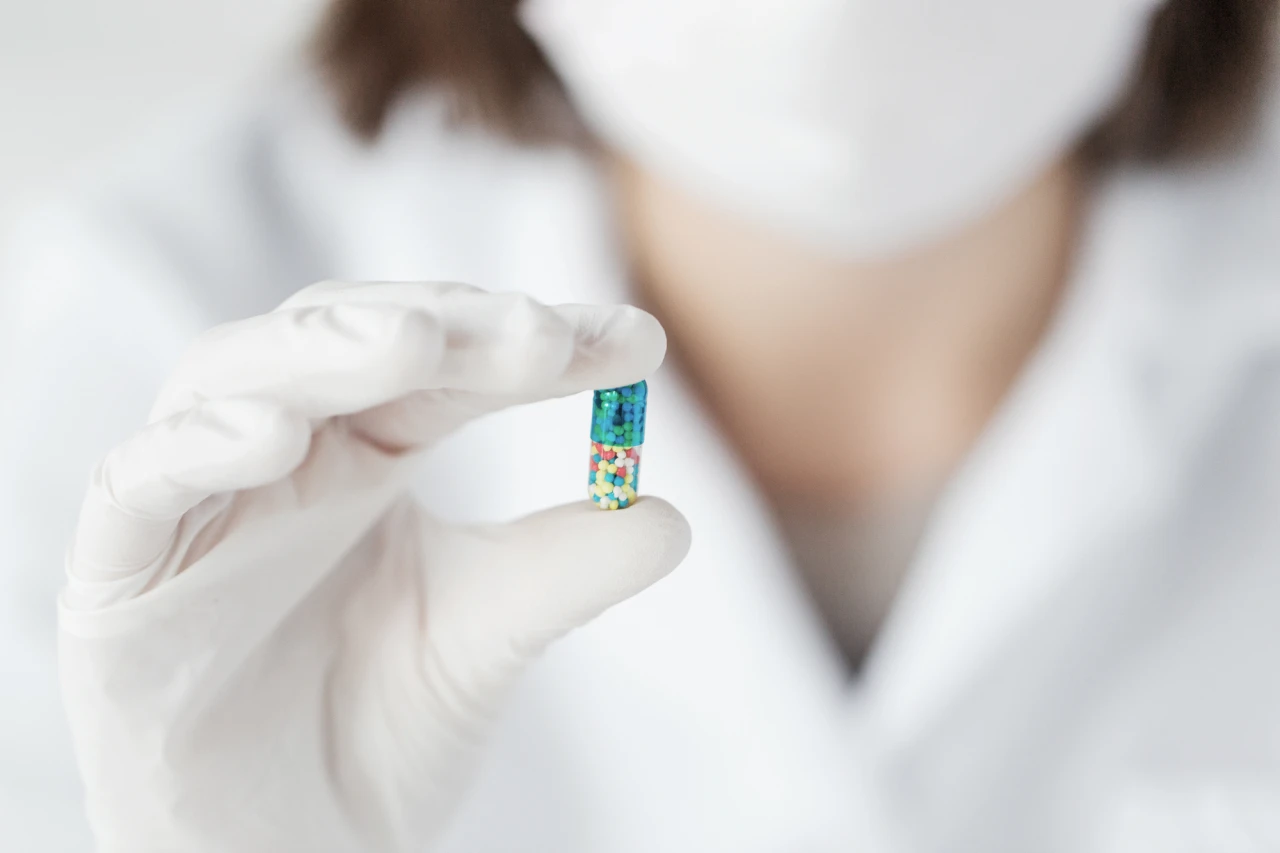Designer drug addiction has been a growing concern in recent years, as the creativity of producers continues to reflect in an ever-evolving list of designer drugs with varying chemical structures, effects and potential legal loopholes.
Designer Drug Addiction & Treatment

Confronting the global crisis of addiction
As scientists strive to design life according to our wishes through these manipulated substances – some more powerful than naturally occurring ones have traditionally been used for thousands of years – we are left wondering how best to confront this developing crisis on a global scale.
That is why these designer drugs are popular and easily accessible to a wide audience. With all the dangers and risks that we cannot yet oversee.
Types of designer drugs
Designer drugs – also known as NPS (New Psychoactive Substances), research chemicals or legal highs – are becoming increasingly popular for their effect that rivals traditional illegal substances.
Most notable types include 2C-B, 4-Fluoroamphetamine and Benzo Fury; while others such as BZP, DOx , Mephedrone and Metaphedrone offer similar yet distinct effects. These potentially dangerous new party drugs are now widely available on the market to be used with caution.
Online accessibility
Despite this measure however, these substances are still available online for purchase – often disguised as ‘not for human consumption’ products with a label claiming they’re intended solely for research purposes; an unfortunately popular misconception which allows drug manufacturers and dealers to make large profits off of unregulated substances.
Effects and risks of designer drug addiction
Taking designer drugs carries an inherent danger; with no significant research conducted on the chemicals used, users put their long-term and short-term health at risk without knowing it. An unknown high may come quickly and easily but can have drastic repercussions in the future.
Unfortunately, there is still insufficient information on their potentially devastating effects. Dosage guidelines found online may be unreliable and with many drugs not having been tested at all, users are taking a risk with every dose they take – putting their life in jeopardy for an uncertain reward.
Symptoms of designer drug addiction
Designer drugs have been rapidly increasing in variants and therefore have an alarming amount of unknown risks associated with them.
Some known side effects include severe headaches, depression/anxiety attacks, overheating/dehydration from increased body temperature, water intoxication due to excessive drinking of liquids combined with a potential for overdose as the effect or consequence is unpredictable.
Long-term impacts still remain largely unaddressed which should be taken into consideration when determining if this drug use may lead to adverse health conditions down the line.

Overcome your addiction and find true connection
If you’re ever in need of assistance with addiction, Connection Mental Healthcare can provide the support and resources to help break free from it.
Our team consists of esteemed psychiatrists, experienced experts, psychologists and coaches who collectively understand addictions on a deep level – so that together we may reclaim your life without them. Reach out if you have any worries; our specialist counsellors are here for you.
Contact form – how can we help you?

Frequently asked questions about designer drugs
Designer drugs, also known as NPS (New Psychoactive Substances) or research chemicals, are synthetic substances created in laboratories that imitate natural drugs. These products have minor chemical changes made to them each time they are produced, meaning that there are constantly new variants of the drug being released. As a result of this, it is difficult to determine what consequences the drug may have on one’s health and whether addiction is likely to be developed.
The use of designer drugs can be extremely dangerous due to lack of adequate research done on them before being released. Therefore, users do not know what effects the drug will have on their body both short-term and long-term. In addition, these types of drugs are often used for a ‘quick high’, leading people to increase their chances of developing an addiction without realising its implications.
We have listed the ones that are now known to us for you. Are you aware that the development of new designer drugs is fast and that the names are also constantly being changed.
- 2C-B: 2C-E, 2C-I, 2C-T-7
- 4-Fluoroamphetamine: 4-FA, 4-FMP
- Benzo Fury: 6-APB, 5-APB
- BZP: benzylpiperazine
- DOx: DOM, DOC, DOB
- Mephedrone: 4-MMC, meow meow
- Metaphedrone: 3-MMC
- Methylone: Xplosion
- Methoxetamine: MXE
- 1P-LSD
The use of designer drugs makes you indifferent, suspicious, loses your sense of reality and often makes you overconfident. Other consequences of this addiction are:
- You neglect yourself, but also the people you love the most.
- You suffer from insomnia, exhaustion and delusions.
- You get physical complaints, such as heart and lung disorders.
Long-term consequences
New chemical substances are used for designer drugs. Often little or no research has been done in this area. The effects of the new drug, the long- and short-term risks and the risk of addiction are not yet known. As a result, you unnecessarily endanger your health for a quick high.
No one chooses to become addicted to designer drugs. The use often starts innocently, but unconsciously someone can quickly become addicted and lose control. If there is a period in which designer drugs have been used on a structural basis, there is a good chance that someone has become dependent.
Because designer drugs keep changing their composition, it is not yet possible to determine what the consequences are for long-term health. We see that the risk of addiction is mainly in the mental aspect; the user can only enjoy a party or night out with designer drugs, so he or she will use it again and again.
The following symptoms may indicate a designer drug addiction:
- You will use it more and more often.
- You notice that you think a lot about designer drugs.
- You lie about your use, to yourself and to others.
- Work, study and relationships suffer from your use.
- You are more likely to get into trouble when it comes to designer drugs or money.
- You suffer from eccentric mood swings.
- Changes occur in appearance and eating habits.
- You are overtired, have no energy and lack of interest.
Risks designer drug addiction:
- Severe pain in the head;
- Psychological complaints, resulting in depression and anxiety attacks;
- Increase in temperature, resulting in overheating and dehydration;
- Huge need to drink excessive water, resulting in water intoxication;
- High blood pressure, leading to cerebral haemorrhage or heart failure;
- Taking an overdose, because the effect and consequences are not known.
The speed with which new variants, and with them new dangers, are developing is alarming. The unknown short-term consequences also make these drugs a great danger to your health.
It is sometimes difficult to estimate whether there really is a problem. The severity of a designer drug addiction depends on how often and how much is used and what the consequences of the use are.
When there is structural use, you can no longer stop independently and the use leads to problems, it is time to seek help. The professional team of Connection Mental Healthcare is ready for you: 021 541 0643.
We are happy to answer all your questions about the withdrawal from designer drugs or we can make an appointment for a short-term intake interview. Contact Connection by telephone during working days on 021 541 0643.